What is it?
Shoulder instability is a chronic condition that causes frequent dislocation of the shoulder joint. A dislocation occurs when the end of the humerus (the ball portion) partially or completely dislocates from the glenoid (the socket portion) of the shoulder. A partial dislocation is referred to as a subluxation while a complete separation is referred to as a dislocation. The repeated dislocation of the humerus out of its socket is called chronic shoulder instability. A tear in the labrum or rotator cuff and a ligament tear in the front of the shoulder (a Bankart lesion) may lead to repeated shoulder dislocations.
Procedure Advantages
The major benefits of arthroscopic stabilisation as compared to open repair are:
- It helps to identify and treat coexisting diseases.
- Lessens pain and complications
- Shorter hospital stay
What it involves
A narrow, flexible telescopic camera called an arthroscope is inserted into one of the cuts so they can examine the joint. Your surgeon uses tiny surgical instruments that are passed through the other incision to treat the condition. Any tear in the rotator cuff will be sutured or stapled. The sutures will be held in place with the help of a small anchor that is drilled into the upper part of the humerus. A thermal shrinkage device may be used to make the ligaments tight and prevent instability.
A television camera attached to the arthroscope displays the images of the inside of the joint on the television monitor, which allows your surgeon to view the cartilage, ligaments and the rotator cuff while performing the procedure. A sterile saline solution is pumped into the joint, which expands it and provides a clearer view. Bone spurs, defects or tissue tears will be identified.
Possible Risks
Potential risks and complications for arthroscopy and open surgery include:
- Pain and stiffness around the shoulder after surgery – especially when moving
- Damage to blood vessels or nerves
- Infection (risk is reduced for arthroscopic surgery compared to open surgery)
- Risk of arthritis
- Muscle weakness
What happens after
Following the procedure, your surgeon may advise the use of a continuous passive motion machine to prevent stiffness and improve the range of motion of the shoulder joint. Pain medications will be prescribed to keep you comfortable. A shoulder sling can be worn for 4-6 weeks to immobilise and facilitate healing. A postoperative rehabilitation programme including strengthening exercises will be advised for 6-9 months. You will be able to participate in sports about 18 to 36 weeks after the surgery.




